Business process automation
Many existing professions will most likely disappear in the next few decades. The reason is automation that companies steadily implement. This fastens operations and allows them to meet customers’ expectations more effectively.
For example, according to the Microsoft 2017 Report, more than ⅔ of respondents said they wanted a seller to know their purchasing history and preferences. A sole e-commerce platform, like Amazon, may have to deal with millions of customers, and it’s clear that no team can do that manually.
Thus, business process automation is what can help organizations maintain customer service and reduce operational expenses.
What is business process automation?
Business process automation is a set of algorithms and software a company uses to automate repetitive tasks to achieve strategic operational and financial goals. It’s associated with a process management definition because it allows optimizing and managing business processes.
By delegating tedious tasks to computers, you unload the agenda so that employees can devote more work time to non-trivial tasks — envisioning, brainstorming, quality analysis, etc. Apart from this, a well-done business process automation allows to:
- eliminate human errors
- reduce the time for data collection and processing
- make informed and accurate decisions
- improve ease of reporting
- speed-up reviewing & approval processes
- save time & money on data migration.
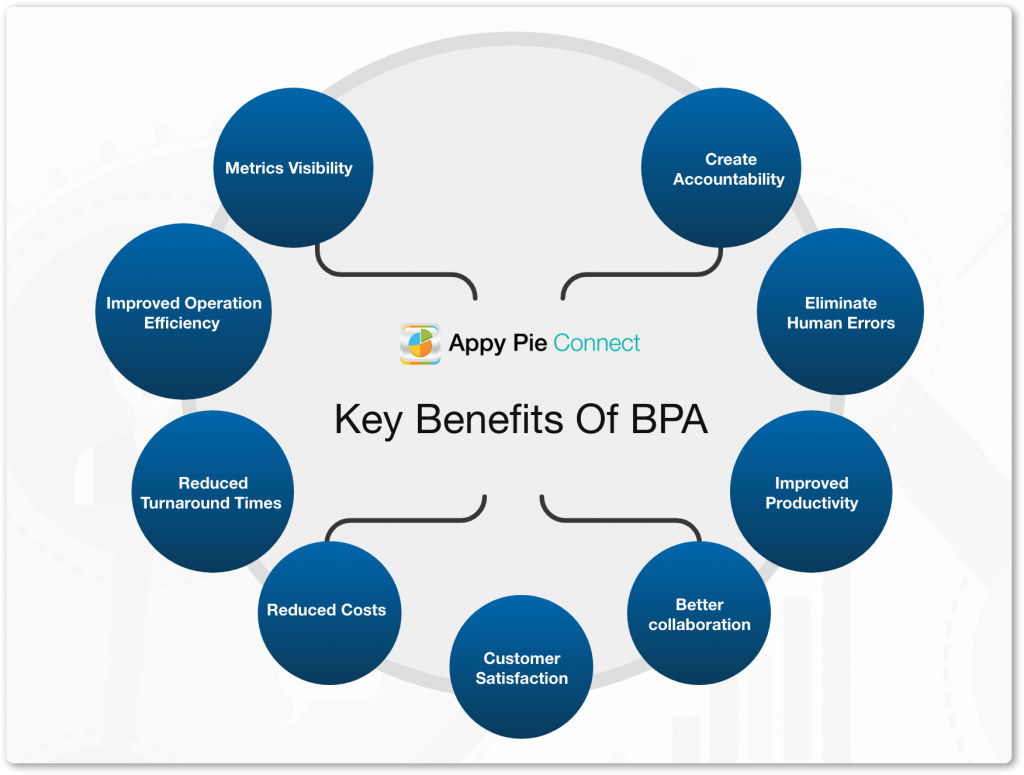
What business processes can be automated?
Hypothetically, every single task. Modern AI-enhanced systems can perform complex tasks like driving cars, diagnosing illnesses, and processing data. Some intelligent agents like DOMO are great at autonomously gathering information, while others like Apptus help predict customer behavior.
What processes to automate is a matter of choice.
Still, in an attempt to put everything at the mercy of computers, it’s important to strike a balance between expenses and benefits you might get. When it comes to businesses, automation makes sense for:
- Procurement — to manage purchase orders, approve contracts, manage invoices, and streamline vendor selection
- Finances — to prepare profit and loss statements, issue invoices, streamline the financial reporting and automate financial forecasting
- HR — to simplify employee onboarding and performance tracking
- Sales — to process purchase orders, report on KPIs, and handle agreements with clients
- Marketing — to run complex campaigns and track their efficiency.
How much does the automation cost?
Automation can cost a pretty penny. A sole software license isn’t too expensive — say, one can start with Azure Kubernetes Service for roughly $85 per month. However, expenses for related services, data servers, employee training, not to mention scaling-up, can be quite considerable.
The ultimate price a company pays for process automation depends on:
- the volume of information
- the number of users
- third-party or internal tools a company already uses or is planning to use
- the need for keeping data in a cloud storage
- security requirements
- support & training requests.
Business process automation examples
This is not something only IT companies or resellers use. Business automation is actively put to use among large manufacturing corporations.
For example, General Electric, one of the US largest conglomerates, has developed its industrial automation platform — Predix. The system allows to automate asset management and logistics and is used by approximately 200 companies around the US.

Another case of how manufacturing companies might benefit from automation is Coca-Cola’s case. The company’s Austrian subsidiary has mentioned reduced water consumption and money-savings from electricity management thanks to MindSphere automation.
The most common example of process automation, regardless of the industry, is for data-structuring and forecasting purposes.
For instance, an SAP cloud-based solution HANA is being utilized by major influential corporations, including Toyota Motor (Automotive), Costco Wholesale (Retail), Microsoft Corporation (Software), and many others. It ensures data integrity by collecting it from different devices within the organization. Companies use this software to automate any slowdown tracking and adjust operational tactics.
Best business process automation software
93% of business and IT leaders believe that smart technologies can significantly change the way their companies operate, hence investing in these. Such social proof seems to be enough for one to start thinking about automation, doesn’t it?
Half of the success is choosing the right software. Here’s our referential tool list that you can start from:
- To automate financial management and reporting:
- SAP
- Expensify
- Zoho Expense
- Emburse Certify.
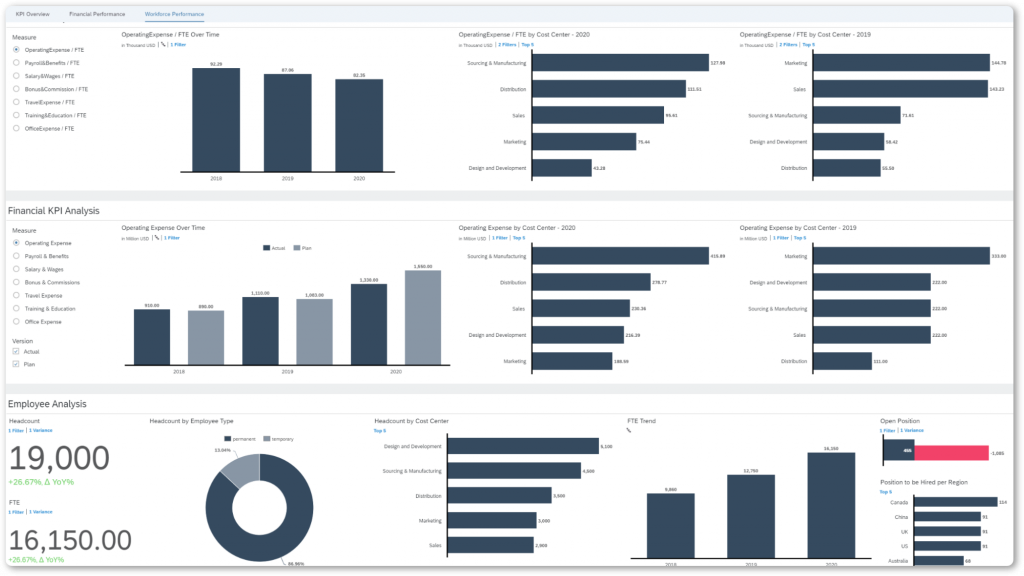
Use these for accounting and taking better control over financial statement elements: inventory, receivables, all types of expenses, and debt.
- To automate HR management processes:
- Zoho People
- BambooHR
- Cezanne
- Zenefits.
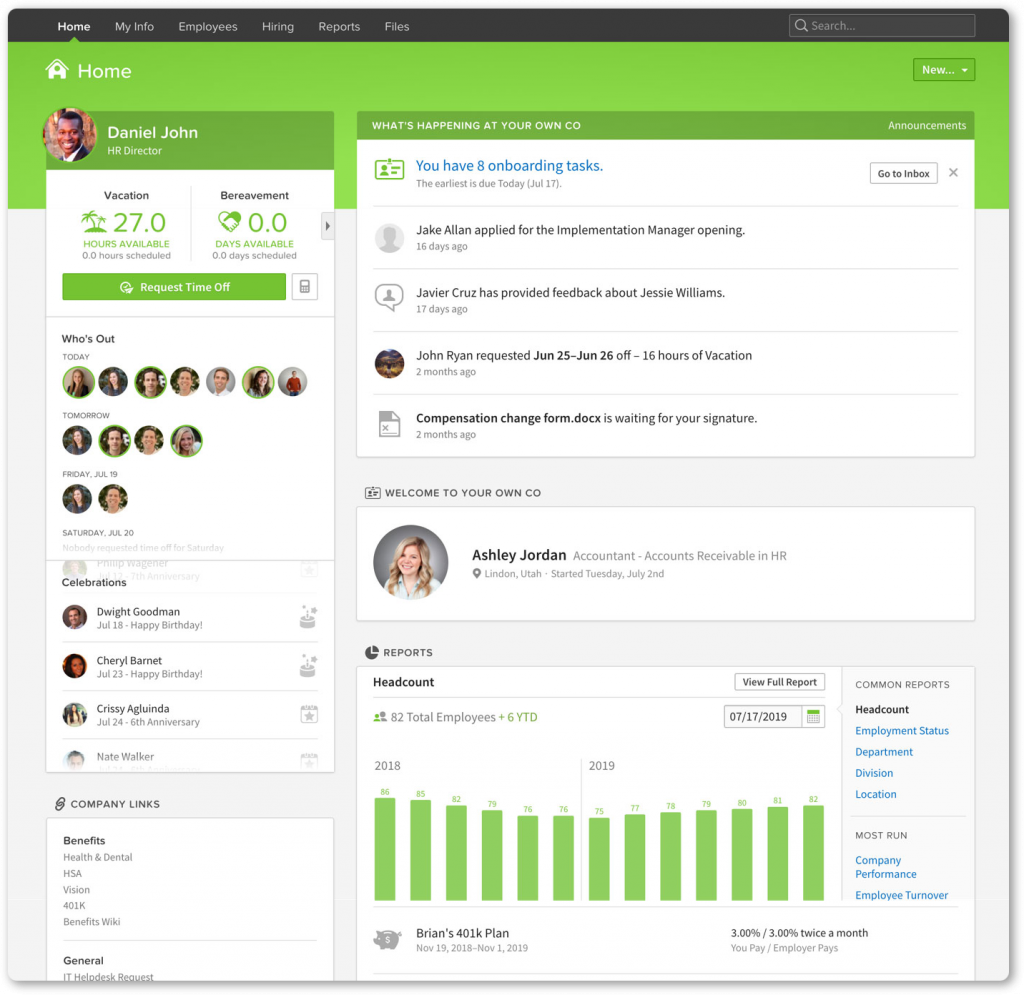
These tools will be useful if you want to automate onboarding and manage employee performance — track time, calculate bonuses, etc.
- To automate inbound marketing:
- Marketo
- Constant Contact
- Pardot
- Eloqua.
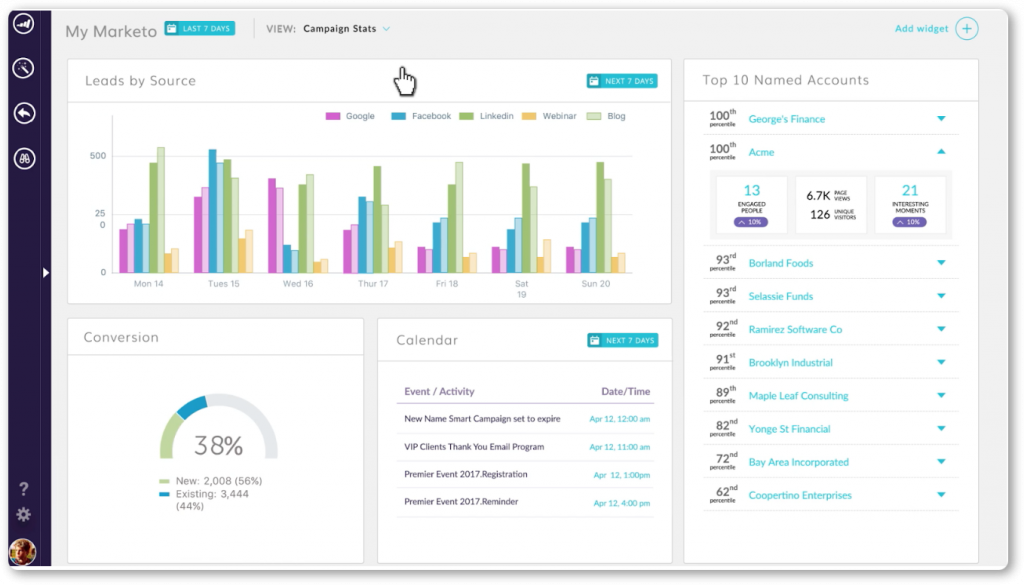
Using this software, you can run multi-channel lead targeting campaigns, e.g., via social media and paid ads. You can fully automate drip mailings, blog postings, and statistics collection.
- Sales management automation tools:
- ZoomInfo
- Snov.io
- AeroLeads
- Sales Navigator.

With this software, you will level up lead generation. Not only does it help you in your search for prospects’ contact and personal information — many tools have ready-to-use lead databases. The latter are usually grouped by industries. For example, LinkedIn Sales Navigator provides advanced filtering options to search for specific B2B clients.
- To automate workflow:
- the whole bunch of Atlassian’s solutions
- Blossom
- PivotalTracker
- Workzone.
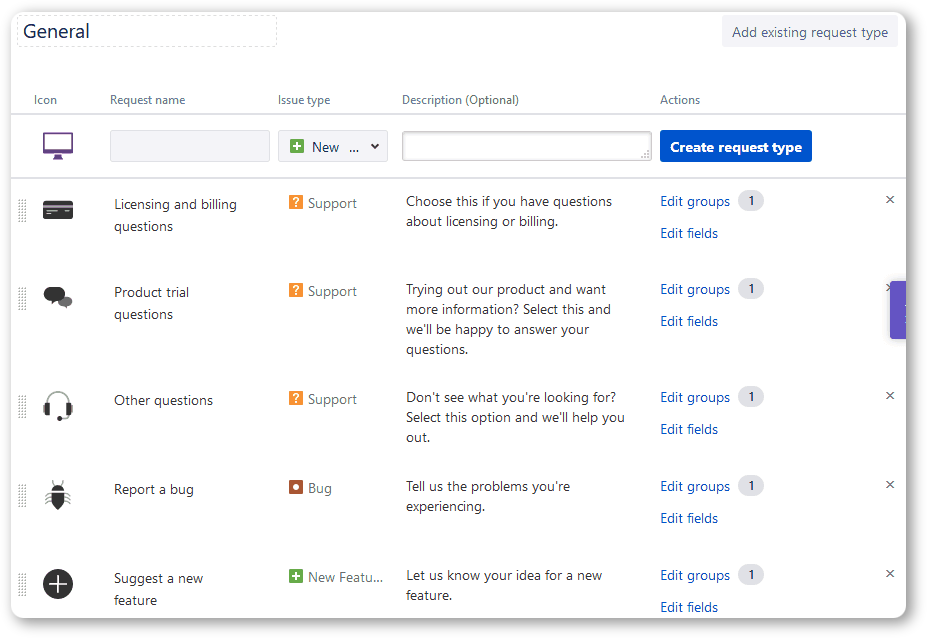
Avail yourself of these tools for task & team management — automate ticket workflows, track execution time, and report on issues.
- To manage all sorts of data:
- QlikView
- Tableau
- Power BI
- Qlik Sense.
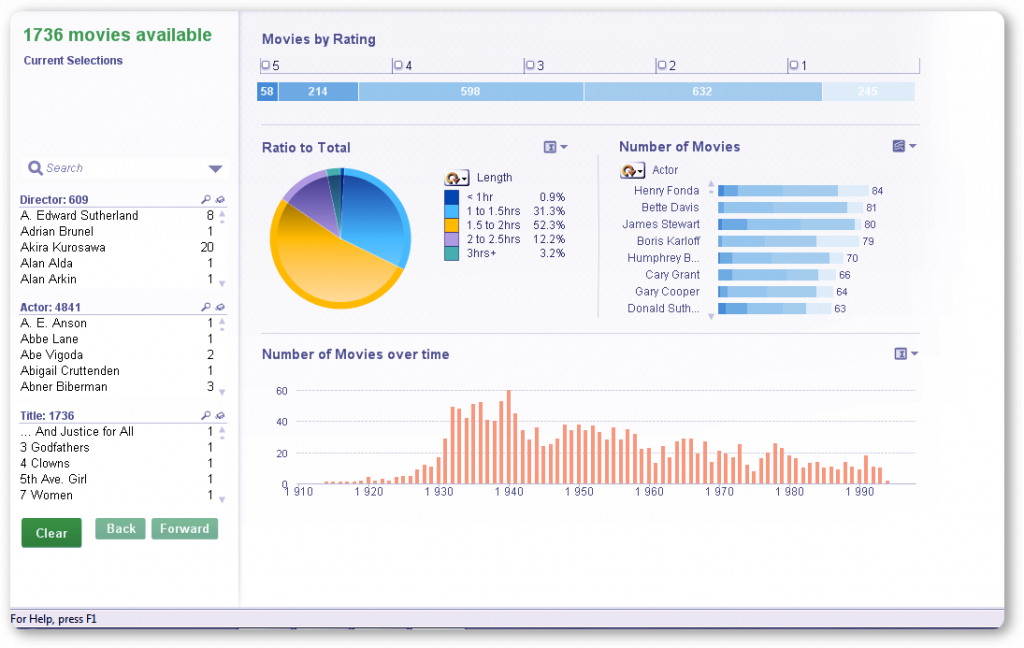
These are business intelligence platforms through which one can assemble and visualize information from different sources. Customize dashboards, tables, and share these to make faster and better-quality decisions at all levels.
→Want to learn more about automation! Read our detailed guide on the best LinkedIn prospecting tools!
- All-inclusive solutions:
- HubSpot
- LeadFeeder
- Adobe Experience Cloud
- Agile CRM.
The above 4 are rather multipurpose ones and include several solutions that one can integrate. For example, Adobe Experience Cloud offers Adobe Experience Manager (CMS), Adobe Campaign (digital marketing management system), and Adobe Audience Manager (data-management platform). These can be adopted to automate sales, marketing, web analytics, reporting, data-storing, or all at once.
Although the software does matter, another 50% of business process automation attainment is in the hands of professionals who implement it. Decide on operations you need to automate, choose a fitting-for-the-purpose software, hire competent employees — and the high ROI is in your pocket.
















